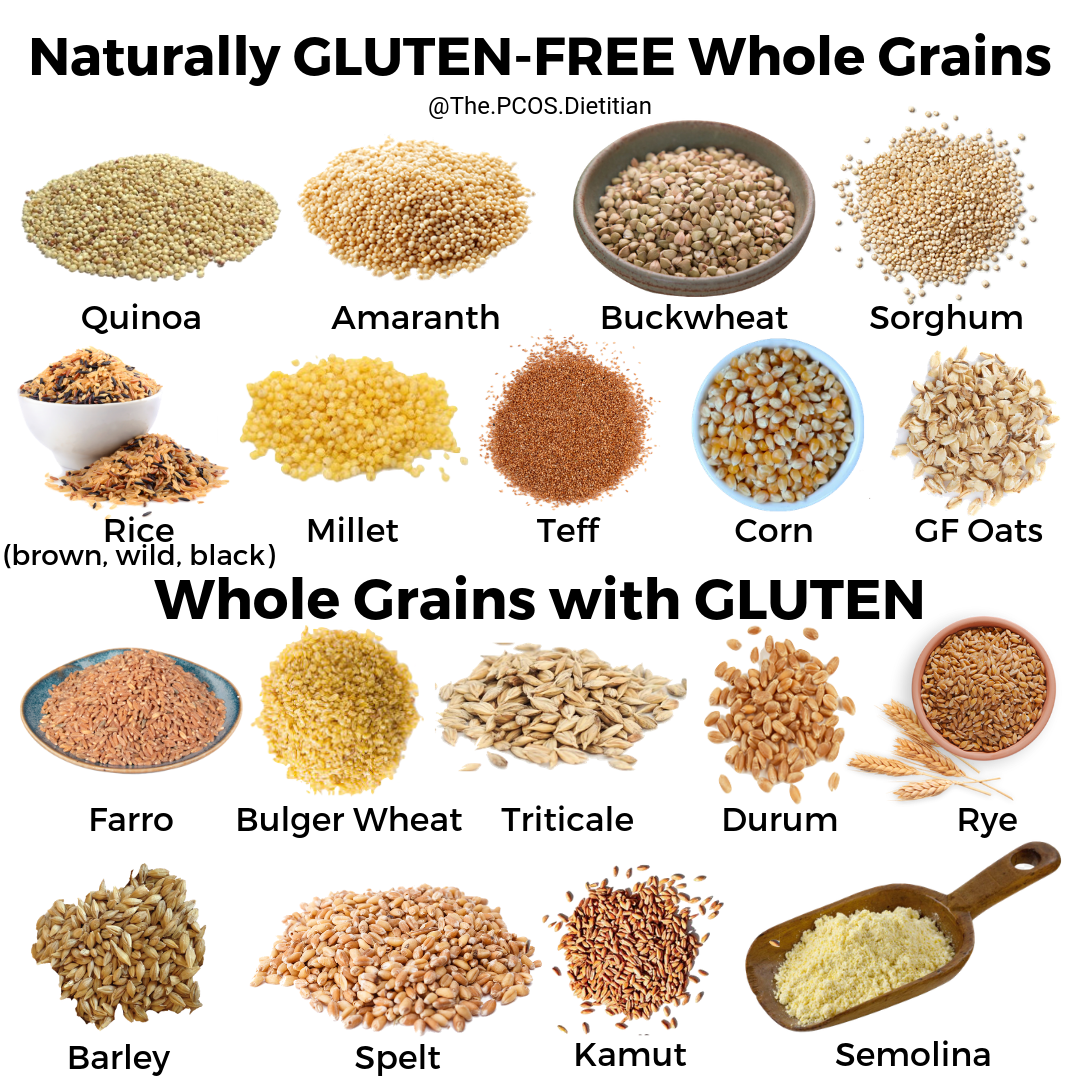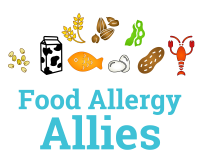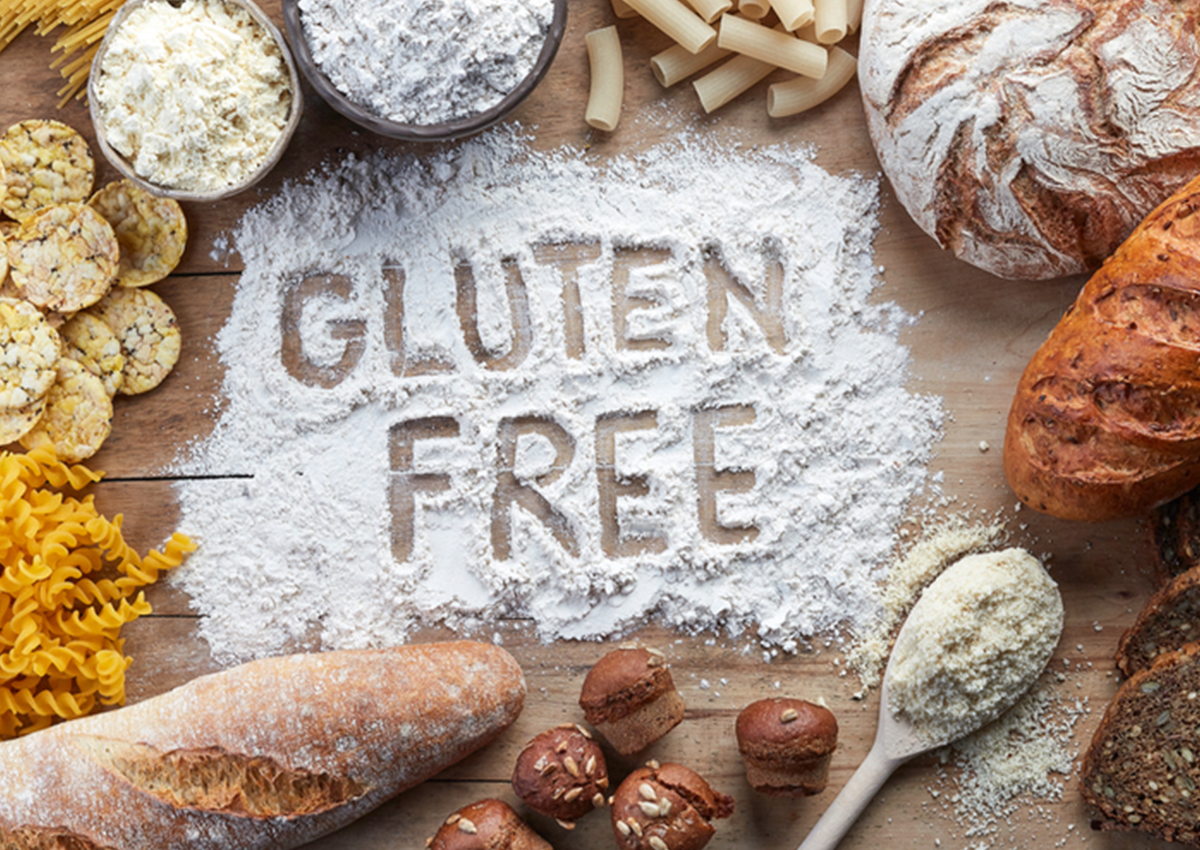What is celiac disease?
Celiac disease (SEE-lee-ak) is a medical condition that is characterized by an inability to consume gluten. Although celiac disease, gluten intolerances, and wheat allergies may seem similar, all three are very different. Celiac disease lies in between an intolerance and an allergy, but it does not truly fall into either category. For a person with celiac, the ingestion of gluten causes their immune system to attack the small intestine. The resultingly damaged intestine can no longer properly absorb nutrients into the body as its supposed to. Over time, even tiny amounts of gluten can cause damage to the intestines of someone with celiac disease, making it a very serious dietary condition.

What causes celiac disease?
Celiac disease is genetic disorder that is hereditary disease. People with a parent, child, or sibling with celiac disease have a 1 in 10 chance of developing the condition themselves. Celiac disease does not always present itself at birth, but can develop at any age once a person eats gluten.
What is gluten?
Gluten is the name for the proteins found in certain grains such as wheat, farro, rye, barley, and triticale. Gluten-free grains include corn (cornmeal, grits, and polenta), flax, rice, millet, hominy, buckwheat, amaranth, tapioca, and sorghum. As expected, products made from grains often contain gluten, such as bread, cake, pasta, cereals, crackers, and croutons. However, other products containing gluten may come as a surprise, such as beer, imitation meat, salad dressing, soy sauce, processed lunchmeats, medications, spice mixes, and even beauty products.

What’s the difference between celiac disease, gluten intolerance, and a wheat allergy?
| Celiac Disease | Wheat Allergy | Gluten intolerance |
|---|---|---|
| autoimmune condition | immune condition | digestive condition |
| Trigger foods: gluten (wheat, rye, barley, etc.) | trigger foods: wheat (other grains are fine) | trigger foods: gluten (wheat, rye, barley, etc.) |
| main symptoms are gastrointestinal (stomach pain, diarrhea, bloating, etc.) as well as damage to the small intestine | main symptoms include itching, stomach pain, trouble breathing, hives, and anaphylaxis | main symptoms are gastrointestinal (stomach pain, diarrhea, bloating, etc.) |
| Treatment: avoidance of gluten | Treatment: avoidance of wheat | Treatment: avoidance of gluten |
| small amounts of trigger food cause a reaction | small amounts of trigger food cause a reaction | small amounts of trigger food may be tolerated |
| Cannot be outgrown | May be outgrown | Unknown, usually cannot be outgrown |
| Can be life threatening | Can be life threatening | Not life threatening |
| Long term effects include problems absorbing nutrients from food, organ disorders, increased risk of cancer, and more | No significant permanent long term effects | No significant permanent long term effects |
| Can be diagnosed with a blood test or a biopsy of the small intestine | Can be diagnosed with a blood or skin test | Difficult to diagnose |
| Affects 1% of the population or 3 million people | Affects 0.3% of the population or 1 million people | Affects 6% of the population or 18 million people |
What are the long term effects of Celiac Disease?
Celiac disease causes damage to the small intestines, resulting in malabsorption, or the inability to absorb nutrients from food. Other potential long term effects of Celiac disease include higher risks of cancer, internal bleeding, organ disorders, osteoporosis, and tooth enamel defects.
What is the treatment for celiac disease?
There is currently no cure for celiac disease. The only course of treatment is to strictly follow a gluten free diet. Celiac disease cannot be outgrown, but the damage that it causes on the small intestines is fortunately not permanent because the intestines will begin to heal once gluten is eliminated from the diet.
Article sources:
https://www.massgeneral.org/children/celiac-disease/faq
https://intermountainhealthcare.org/services/gastroenterology/conditions/gluten-intolerance/
https://www.everydayhealth.com/digestive-health/0313/surprising-products-that-contain-gluten.aspx
https://www.cleveland.com/entertainment/2018/04/how_many_people_really_need_to.html
https://celiac.org/gluten-free-living/what-is-gluten/
https://www.mayoclinic.org/diseases-conditions/celiac-disease/symptoms-causes/syc-20352220
https://celiac.org/about-celiac-disease/what-is-celiac-disease/

